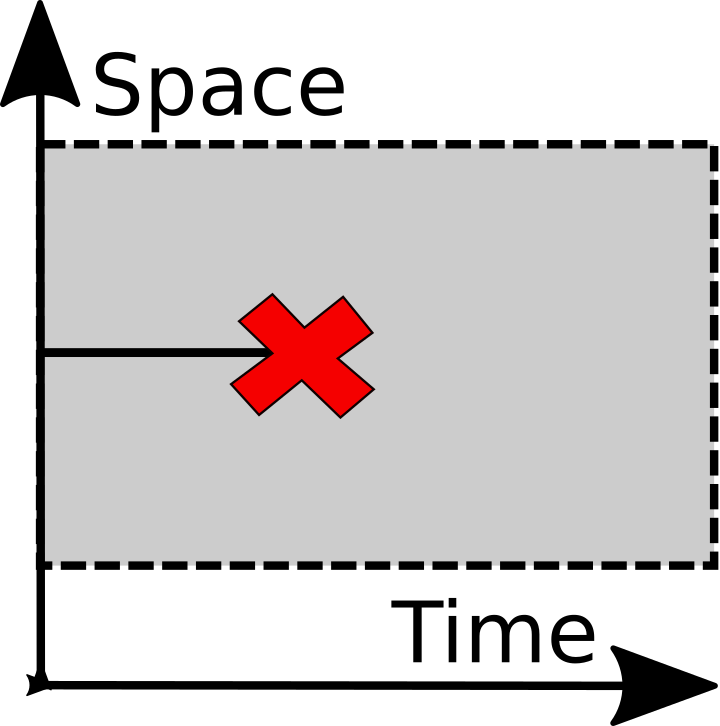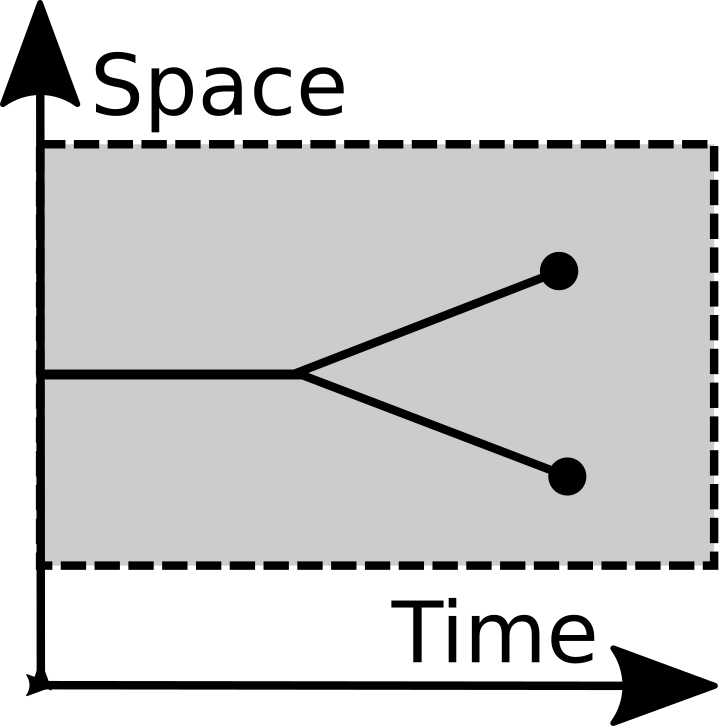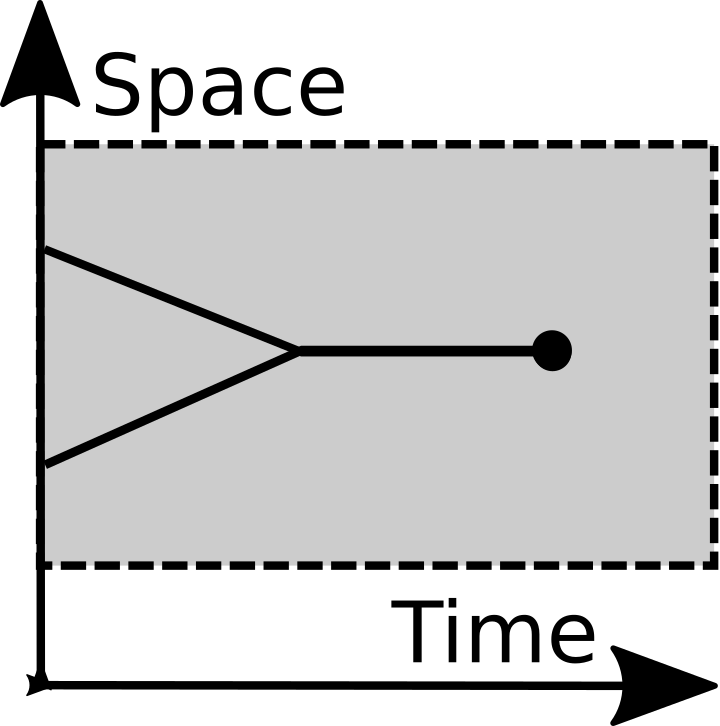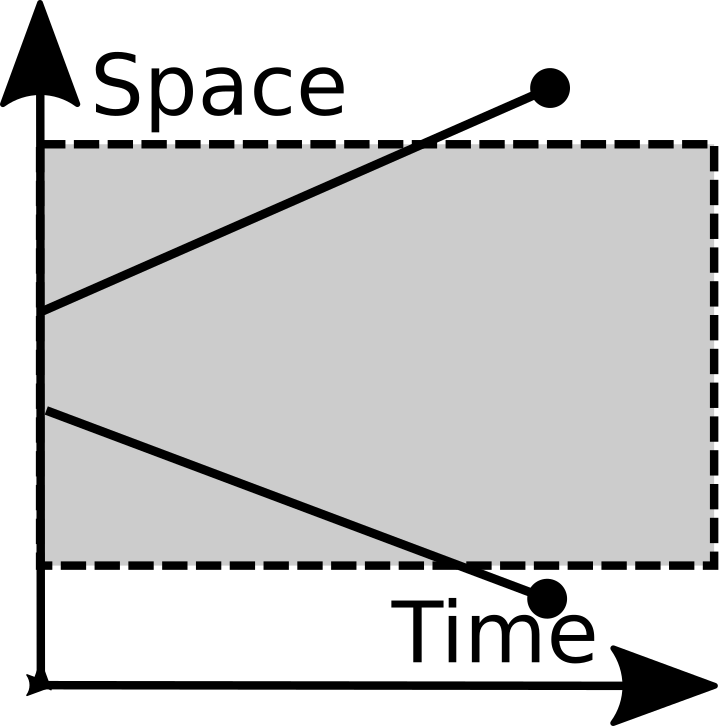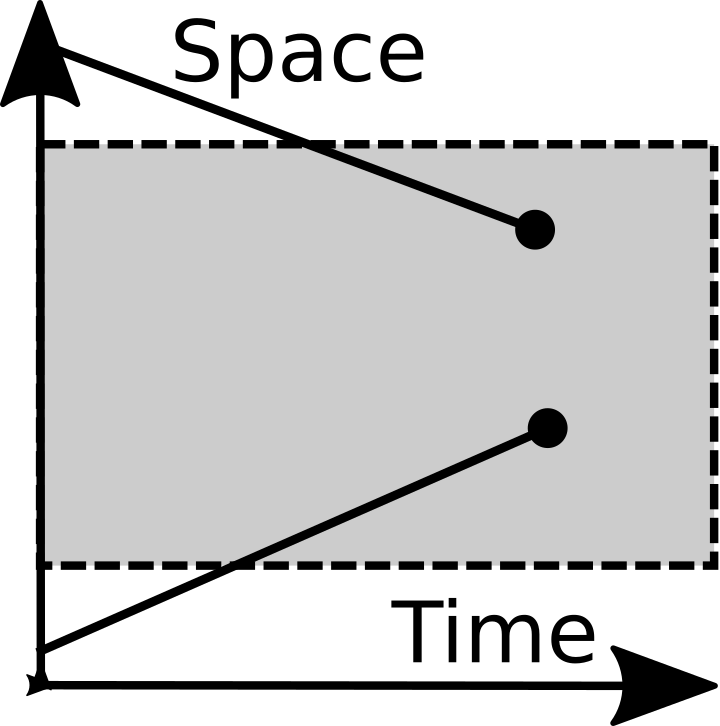Genetic drift is a well-established idea in population genetics. It generally refers to stochastic changes in gene frequency that are not caused by selection. The term comes from nautical language: if a ship is not driven by the wind it may "drift" around, pushed hither and thither by the waves. Historically, genetic drift was not considered to be a very important force until the 1960s, when it was shown to be significant experimentally, and it was discovered that many genomes were full of useless junk DNA, which was then subject to genetic drift, resulting in molecular clocks useful for dating evolutionary divergences.
Genetic drift results in "neutral networks", whih in turn allow populations to maintain diversity that can be recruited by natural selection if the environment changes. Drift results in historical contingency and path dependence.
Complicating the definition of genetic drift is the desire to distinguish it from genetic draft. The term "genetic draft" refers to gene changes caused by linkage and selection at other loci. It is related to the concept of genetic hitchhiking. Like genetic drift, genetic draft can have a stochastic component, as a gene's neighbours vary over time. Unlike genetic drift, genetic draft can act persistently in the same direction.
Memetic drift is pretty much the exact same thing with memes instead of genes. Like gene frequencies, meme frequencies drift around in the absence of directional selection, resulting in loss of memetic diversity in small meme pools. As with genetic drift, memetic drift is a useful null hypothesis when dealing with the issue of whether an observed trait is an adaptation. As with genetic drift and genetic draft, we can distinguish between memetic drift and memetic draft.
Genetic drift is much discussed but memetic drift is rarely mentioned. I remember a good discussion of it in Kevin Layland's book "Sense and Nonsense". It is sometimes used by researchers as a null hypothesis. However, it is much less frequently mentioned than genetic drift is. This is, I believe, largely caused by cultural evolution's scientific lag. The significance of genetic drift was not recognised until the 1960s. Cultural evolution lags behind its organic counterpart in many ways, and this is plausibly one of them.
If you think about optimization frameworks in economics (one of the most advanced evolutionary social sciences) then the equivalent of genetic drift is rarely mentioned. It is the same with optimization frameworks in physics. Phyics features the "maximum entropy production principle" which explains a good deal of physical evolution. It too has concepts corresponding to genetic drift. However, it rarely mentions or makes use of these concepts. Phausibly, it is because these sciences are underdeveloped relative to evolutionary biology.
I'm generally a critic of contrasting "genetic drift" with "natural selection" (for details see here). Indeed, the definition of genetic drift is relatively complex, and it is often not a very useful scientific category, due to the practical difficulty of identifying it in any particular case. Memetic drift has much the same set of problems. However, I do, of course, acknowledge the significance of evolution by accident, and the systematic loss of diversity in small populations that arises due to factors which don't involve directional selection.
 Robert Boyd's new book on cultural evolution is out. It is titled:
Robert Boyd's new book on cultural evolution is out. It is titled:
